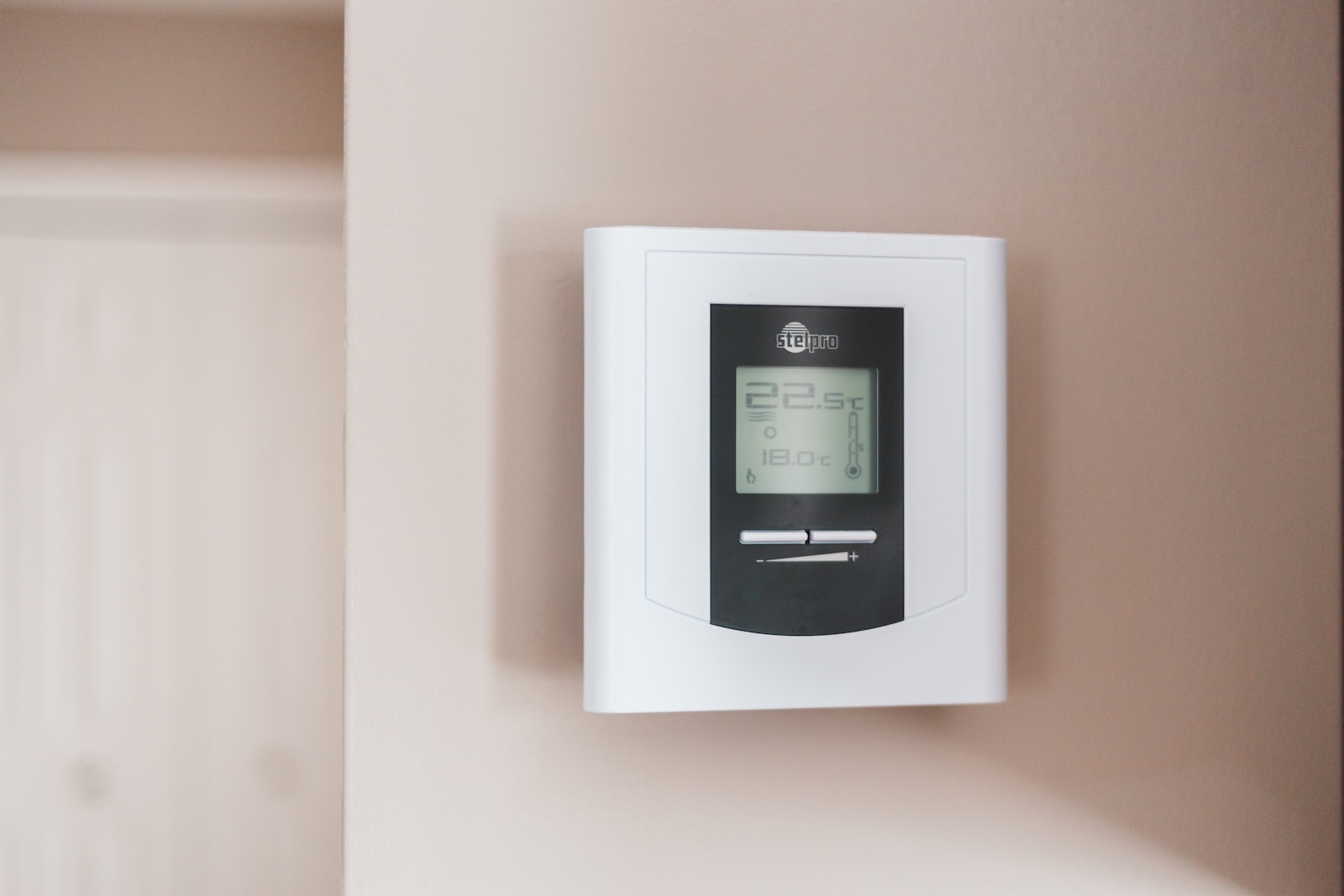Troubleshooting for Canadian Homeowners: Step-by-Step Repair Guide
Owning a home in Canada comes with its unique set of challenges, especially when it comes to maintaining a functional furnace, especially during the frigid winter months. The last thing any homeowner wants is to be caught off guard by a malfunctioning and old furnace right when the temperatures plummet. However, fear not! Equipping yourself with a basic understanding of furnace troubleshooting can not only save you from discomfort but also potentially spare you the expense of major repairs. In this comprehensive guide, we will walk you through a step-by-step furnace troubleshooting process that empowers you to identify and even resolve common furnace problems, ensuring your home remains a cozy haven.
Even so, trying to find the best furnace repair Edmonton, Calgary, Toronto or any other city in Canada can be quite the task. Choosing the right professional can be quite tricky, so word of mouth and checking online reviews is cruicil. In the mean time you can check these things yourself.!
Furnace Troubleshooting for Canadian Homeowners: Step-by-Step Repair Guide
1. Basic Checks: Thermostat and Power
Before delving into the complexities of furnace mechanics, it’s wise to start with the fundamentals. Begin by confirming that your thermostat is set to the desired temperature. A simple oversight here might be the root cause of your discomfort. Next, check if the furnace is receiving power. In case of any doubt, inspect the circuit breaker or fuse box to ascertain that a tripped breaker or blown fuse isn’t causing an interruption in the power supply to your furnace.
2. Check the Air Filters
Sometimes, the smallest details can have the most significant impact. Clogged or dirty air filters might not seem like much, but they can significantly impede the airflow, placing unnecessary strain on your furnace’s performance. Regularly examining and replacing air filters is a simple practice that can ensure optimal efficiency and prevent issues such as overheating.
3. Inspect the Pilot Light (If Applicable)
If your furnace is on the older side, it might feature a pilot light. Take a moment to check if it’s lit. Should you find that the pilot light is out, it could be attributed to a faulty thermocouple or even a gas supply issue. Addressing this promptly can prevent further problems down the line.
4. Verify Gas Supply
For those with a gas furnace, it’s imperative to ensure that the gas supply valve is open. If, at any point, you suspect a gas leak, do not hesitate—turn off the gas supply immediately and reach out to a professional for assistance. Safety should always be a top priority.
5. Examine the Blower Motor
The blower motor serves a crucial role in circulating warm air throughout your home. Pay attention to any unusual noises or vibrations emanating from the furnace. These could indicate an underlying problem with the blower motor or its associated components.
6. Inspect the Ignition System
In modern furnaces, electronic ignition systems have become the norm. If your furnace refuses to start, the culprit might lie within this system. Should you encounter this issue, take a look at the control panel for error codes. For more specific guidance, consult the manufacturer’s manual.
7. Check for Blocked Vents
Optimal airflow is key to effective heating. Unfortunately, blocked air vents can disrupt this airflow, leading to uneven distribution of warmth. To prevent this, ensure that all vents and registers are open and free from obstruction.
8. Evaluate the Heat Exchanger
A cracked heat exchanger isn’t just a minor issue—it can lead to dangerous consequences such as gas leaks or even carbon monoxide exposure. If you detect a peculiar odor or suspect a crack, do not hesitate. Shut down the furnace immediately and seek professional assistance.
9. Address Unusual Noises Strange sounds like clanks, bangs, or squeals emanating from your furnace are clear indicators of loose or damaged components. Timely attention to these noises can prevent further damage and extend the lifespan of your furnace.
10. Maintenance Tips to Prevent Future Issues
Consistent maintenance is the secret to preventing a host of furnace problems. Don’t underestimate the importance of professional tune-ups, scheduled annually. This practice will keep your furnace in top-notch condition, ensuring its longevity and optimal performance.
11. When to Seek Professional Help
While some troubleshooting tasks are well-suited for homeowners, there are instances where professional assistance is imperative. If any step feels unfamiliar or uncomfortable, it’s best to err on the side of caution and contact a certified HVAC technician. Your safety and the integrity of your furnace are paramount.
Conclusion Embarking on furnace troubleshooting doesn’t have to feel like an insurmountable challenge. Armed with the insights from this comprehensive guide, Canadian homeowners can confidently navigate and decipher common furnace issues. A good furnace is a great investment for your home! By following these step-by-step guidelines, you can ensure that your abode remains a warm and welcoming space, regardless of the season. Remember, a little knowledge can go a long way in ensuring comfort and peace of mind for you and your loved ones.





